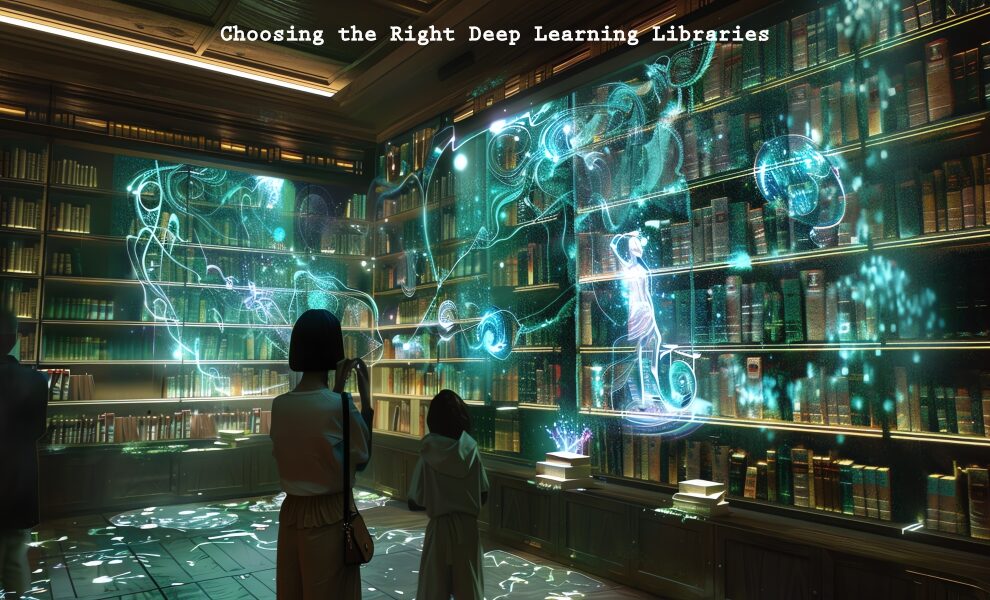If you are new to the world of artificial intelligence, there is a chance that you have heard about TensorFlow, PyTorch, and Keras. These programs are known as deep learning libraries. They are hidden secrets that allow you to build AI models without manually computing difficult math.
But since there are several to choose from, how do you decide on which to learn first? Let us understand the concept of deep learning libraries and how they help to build AI projects in an easier way.
What are Deep Learning Libraries?
Deep learning libraries are pre-built toolkits that take on the hard work of neural networks. It contains different tools and features for designing, training, and deploying deep learning models, with a high-level programming interface to construct neural networks. Some common examples of deep learning libraries are:
- Image Recognition: Helps to understand whether it is a cat or a dog.
- Language Processing: Is the product review positive or negative?
- Predictive Analytics: Will the stock price go up or not?
Why Do These Libraries Matter?
Think of deep learning libraries like different brands of power tools. They all help you build neural networks, but each has its own strengths:
- TensorFlow is like an industrial-grade power drill—powerful but complex.
- PyTorch is like a versatile multi-tool— flexible and easy to handle
- Keras is like a beginner-friendly toolset— simple but limited.
The usage of deep learning libraries has been on the rise. A study analyzing 1,484 open-source deep learning projects found that PyTorch and TensorFlow are the most frequently used libraries, with PyTorch being used in 18% of the projects and TensorFlow in 14%1.
TensorFlow: The Industry Standard
Google’s TensorFlow is used by many big companies when they need to deploy AI systems. It is like the Windows of deep learning.
Who’s It For?
- Big companies (Google loves it)
- Production-ready projects
- People who want strong community support
Pros:
- Scalable– Works great for large projects
- Deployment-friendly– Easy to put models into apps
- Lots of Tools – TensorBoard for visualization, TF Lite for mobile
Cons:
- Steeper Learning Curve– Not the simplest for beginners
- Sometimes Too Rigid– Less flexible for quick experiments
Best For: Production systems, large-scale projects, and deploying models in real-world apps.
Example: If you are building a recommendation system for an e-commerce site, TensorFlow would be a smart choice.
PyTorch: The Researcher’s Favorite
PyTorch feels more intuitive if you already know Python. It has become a favorite in universities and research labs because it lets you change things easily.
Who’s It For?
- Researchers & students
- Those who love Pythonic coding
- People who tweak models a lot
Pros:
- Easy to Debug than TensorFlow– Works like normal Python code
- Great for Experiment– A more “Pythonic” way of coding
- Huge in Academia—most research papers use PyTorch code
Cons:
- It is not as smooth for deployment (though it is improving)
- Smaller ecosystem than TensorFlow
Best For: Experiments and cutting-edge research
Example: If you are testing a new neural network design for your PhD thesis, PyTorch will serve you well.
Keras: The Beginner’s Best Friend
Keras is like training wheels for deep learning. It runs on top of TensorFlow but hides most of the complexity.
Who’s It For?
- Newcomers to deep learning
- Quick prototyping
- People who want simple code
Pros:
- Super Easy– Feels like Lego for neural networks
- Runs on TensorFlow– Best of both worlds
- Great for fast experiments
Cons:
- Less Control– Not ideal for custom tweaks
- Slower for big projects
Best for: Learning and quick prototypes.
Example: If you want to build a simple model to recognize handwritten digits, start with Keras.
Other Deep Learning Libraries Tools
Fast.ai
- Makes PyTorch even simpler
- Great for beginners who want practical results fast
MXNet
- Used by Amazon
- Good for both research and production
JAX
- The new kid on the block
- Loved by math-heavy researchers
So, Which One Should You Pick?
Still confused? Here’s a simple advice:
- If you are just starting? – Use Keras
- If you are doing research? – Try PyTorch
- If you are building production systems- Learn TensorFlow
- Want the easiest path- Use Fast.ai
Final words: Start Simple, Then Grow!
The world of deep learning libraries might seem overwhelming at first, but remember, every expert started as a beginner. Whether you choose TensorFlow for its industry strength, PyTorch for its research flexibility, or Keras for its beginner-friendly approach, what matters most is taking that first step.
These tools are ultimately just a means to an end. The real goal is solving problems and bringing AI ideas to life. Don’t get paralyzed by the “perfect choice” myth. Many professionals started with one library and learned others as needed.
Want to learn more about Deep Learning? Visit HiTechNectar today!
FAQ
Q1. What libraries are used in deep learning?
Answer: Deep learning uses TensorFlow (good for big projects), PyTorch (great for experiments), and Keras (easiest for beginners). These handle the complex math so you can focus on building AI models.
Q2. Which library is used for AI?
Answer: AI uses TensorFlow, PyTorch, and Keraws. They are the AI tools.TensorFlow is used for apps, PyTorch is used for research, and Keras is used to learn the basics.
Recommended For You:
How Deep Learning Works in Face Recognition?
Deep Learning Vs Machine Learning: What Are the Key Differences?


